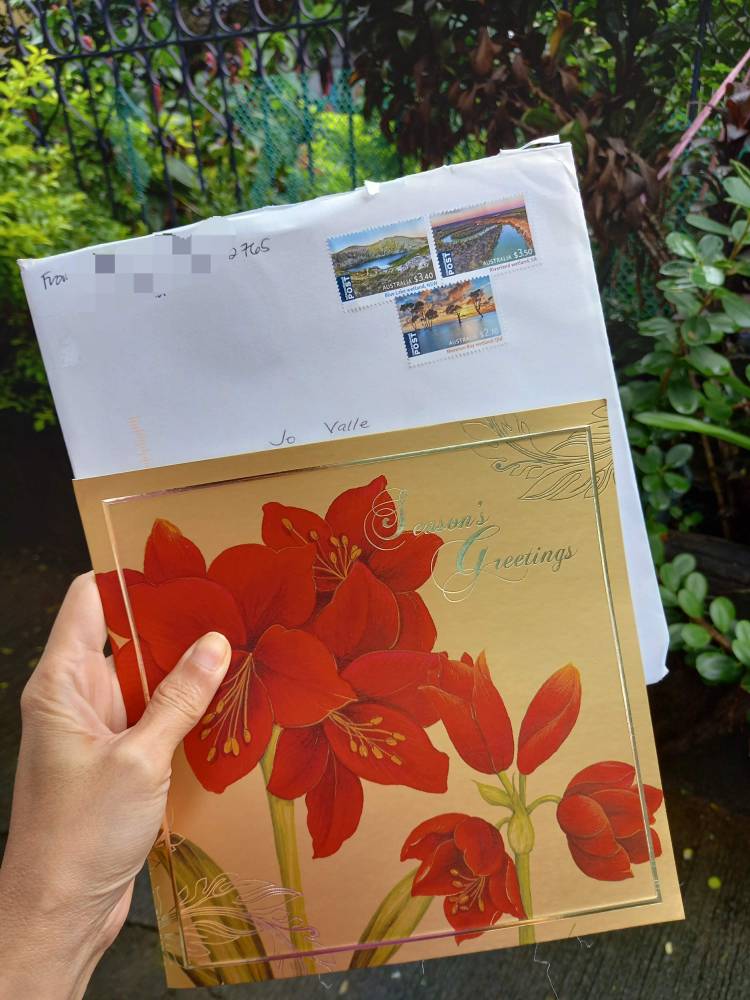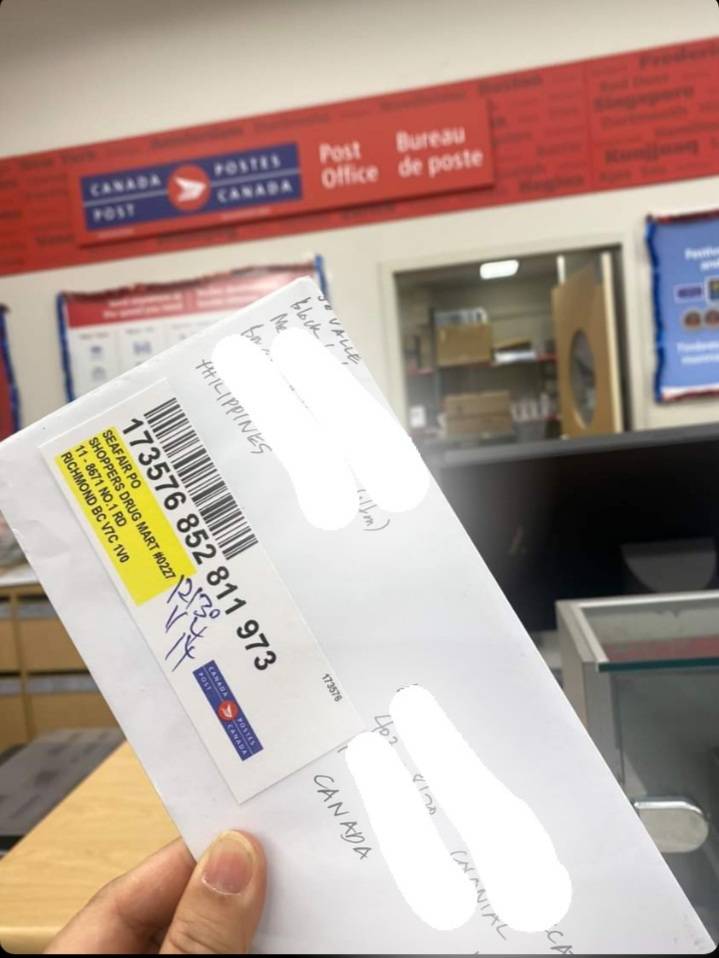Mailbox memories: Bringing back Christmas cards

Time was when sending out Christmas cards to loved ones both not-so-near and totally far occupied a prominent place in the preholiday to-do list.
People back in the day, predigital age, started looking for the nicest Christmas cards, or even made their own at the onset of the “ber” months. They then took pains composing a letter that would best express their holiday greetings with warm affection and maybe humor.
By early November, letter senders had to go to the post office. They had to mail their cards at least a full month before Dec. 25 to make sure their posts would reach the recipients in time for Christmas.
Stories of letter senders forming long lines at the post office are now a thing of the past that Joneth Anne D. Guillen only hears from her older colleagues at the post office on Domestic Road in Pasay City.
“Too bad I don’t get to see that happen these days,” the postmaster, who’s a late millennial, told Lifestyle in Filipino. Worse, some people think the postal service has been discontinued. “When I’m asked where I work and I say, ‘At the post office,’ they’ll say, ‘Oh, does it still exist?’”

Guillen made it clear that the postal service is alive and kicking, though it caters largely to business mail and much less to personal letters. After all, correspondence done online is hands down faster and more convenient, thus preferred by the general public today.
As the holiday season nears, she noted, there’s a considerable increase in the number of personal mail sent and received at the post office. She thought, perhaps some people get sentimental this time of the year and they want a holiday greeting that is more personal, rather than just personalized.
Among those people is actress and TV host Anne Curtis, who’s also Unicef Philippines’ national ambassador. She promotes the seemingly lost tradition while supporting one of the international aid agency’s fundraisers: a limited-edition Christmas card. This year features the work of artist Manuel Baldemor.
Curtis said, “We should pick up the habit of writing to one another again—snail mail—especially among loved ones and friends, because it makes them feel extra special. And you can keep those letters, revisit them, and they can bring back a flood of memories.”

How to send a postal mail
The government-owned Philippine Postal Corp. (PHLPost) runs the post offices found in almost every city and municipality. (Go to its website, phlpost.gov.ph, to find a location.) There are mail outposts that are privately funded and operated, too.
Before going to the post office of your choice, Guillen said, make sure the sender’s and receiver’s names, as well as their full addresses, are legibly written on the envelope containing the mail. She suggested using a printout of the contact details, especially if they have characters like those in the Japanese or Arabic languages.
Don’t forget to include the respective zip codes of the sender and receiver, she stressed. Philippine zip codes can also be found in PHLPost’s website.
Bringing your own paste or glue is a good idea, in case you didn’t properly seal your mail or you need to affix some postage stamps. In the old days, post offices provided small tubs each containing a small piece of wet sponge. Dipping a stamp in the tub will moisten it and make it easily adhere to paper.
At the post office, you will be asked what type of mail you’ll be sending. There are three types of mail: ordinary, registered, and express. Though an ordinary mail costs less, registered and express mails offer more advantages. They are sent faster to locations outside the Philippines, though express mail has limited coverage.
Both registered and express mails can be tracked via tracking.phlpost.gov.ph. Letter senders can simply input the tracking number in full, including the letters written before and after the number, without space. The tracking number is given upon payment for the mail at the post office.

Costs vary depending on the weight of the mail and its destination. The same rectangular card costs differently when sent to, for instance, Italy (P188) and the United States (P214). Opt for the paper stamps, if they are available at the post office, instead of the metered stamp for an extra personal and homey touch.
When tracked online, the mail bound for Italy was received in that country on Nov. 19, or 12 days after it was mailed at the Domestic Road post office. As of Nov. 20, it is already en route to the delivery office that will eventually take it to its final destination in the city of Turin.
On the other hand, the mail bound for the US was likewise received in that country on Nov. 19, but no update yet as of this writing.
Another advantage of sending a registered mail is, it will be returned to the sender in case nobody receives it at the given address after the mailman’s third try. Fingers crossed, those two mails will reach their recipients’ hands to make for a truly merry Christmas.

















